While almost everyone agrees that earning a degree is very important for both economic and personal success, there is a lot of debate over which degrees are the best. And often the the least popular degrees can be the most rewarding, again, both economically and personally.
Students are lined up to get the popular MBA degree, with its promise of a big paycheck. However, possessing one of the remarkable, if not popular, degrees on this list could also lead to success. Quite a few of them are unusual enough that competition in their respective fields is minimal.
The definition of the word remarkable is “unusual” and “worthy of notice”. The degrees listed here are “unusual”, because their focus of study is unusual, they are not offered at many schools, or most people don’t even know the degree exists.
10. Taxation
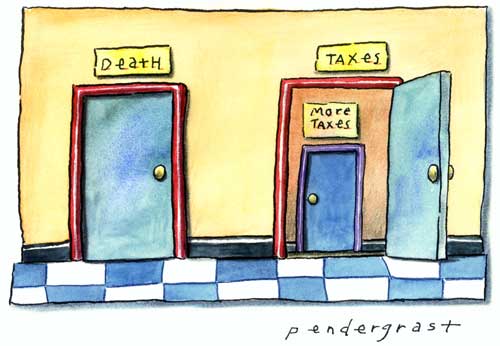
Paying taxes is annoying but it is definitely here to stay, so if you pursue a degree in taxation you will most likely always have a job. A degree in taxation provides you with in-depth knowledge of the taxation system, usually much more than an experienced lawyer would know. This degree allows you to work with people and organizations that regularly need their taxes done. In essence, every company and individual you can call to mind. While this degree isn’t uncommon by numbers, the number of things you can do with it trumps so many other careers that it makes specializing in taxation priceless.
But, you will most likely have friends who have ulterior motives (free tax advice) or few friends who don’t like being reminded they have to pay taxes every year.
9. Radiologic Sciences
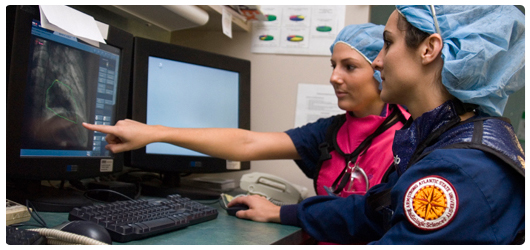
As of mid 2009, only 34 colleges in the United States offered Bachelor’s degrees in Radiologic Sciences (centralfloridafuture.com). As a result, most Associate degree holders are treated with the same deference as someone with a four-year degree. A Radiologist’s job can seem simple at times – reading x-rays. Yet, becoming a master in this field awards the practitioner permission to administer radiation treatment to help patients deal with injuries and diseases.
8. Archeology
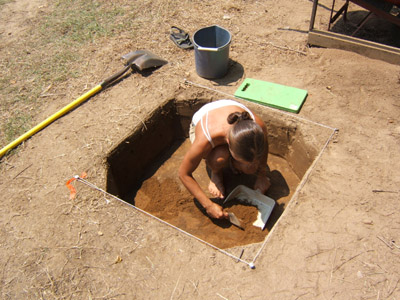
Archeologists get to travel the globe, search for unseen artifacts, and unearth strange grounds when they’re not roaming through secret caves as though they’re Lara Croft from Tomb Raider. Earning a degree in Archeology requires a great level of training and field work, but the rewards can be off the charts. Being able to discover 10,000 year old fossils, then taking such finds to the world’s largest museums with their name attached is every Archeologist’s grandest dream. These people help preserve the earth’s history while having the opportunity to make each day a load of fun. With the degree being popular but still rarely acquired in the US, the chance to become a real-life Indiana Jones is still very much up for grabs.
But, usually this is a low paying job and often you are trying to convince someone or some organization to grant you money. Like Indiana, you probably should have a second job for financial stability.
7. Oriental Medicine/Herbology
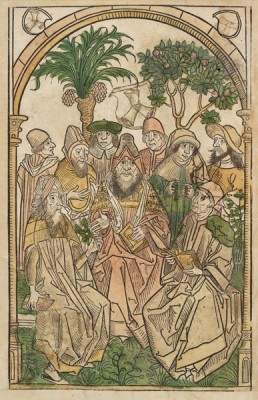
Illustration of a botany discussion Hortus Sanitatis, 1491
In our modern consumer culture, which values the newest trends, it seems like most people hardly want anything to do with things that are old. Scientists use technology and new research data to come up with new leads in medicine, but did you know some “new” discoveries are also based on the evolution and synthesis of ancient medicinal practices? Many of the alleged revolutionary health products on the market today are made from herb extracts and ancient medical practices.
In other words, an Oriental Medicine major knows how to make you healthy without needing modern medicine. To this date, Herbology degrees are only slightly rarer than your standard medicine degrees, but perhaps that could be related to an excess of people flocking to where the money’s at, instead of where the world’s health could be. http://education-portal.com/archaeology_degree.html
6. Nanotechnology

Nanotechnology is the art of manipulating materials on an atomic or molecular scale especially to build microscopic devices. People with this degree are not only trained to observe and study objects that are too small for the human eye to see, but they also learn how to build revolutionary products from the ground up: new technologies, new infrastructure—even talking robots.
Nanotechnologists help create a cleaner planet, easier lives, and nearly anything else they can think of to make the world a better place. From uncovering how many bedbugs secretly nest within your bed, to knowing what is required to launch a rocket into space, opportunities for Nanotechnologists always remain plentiful. The only strange thing is that though technology claims to be the way of the future, you’d be hard-pressed to find more than a dozen places in the US where you can obtain a quality degree in Nanotechnology. http://www.nano.gov/html/edu/eduunder.html
5. Blacksmithing
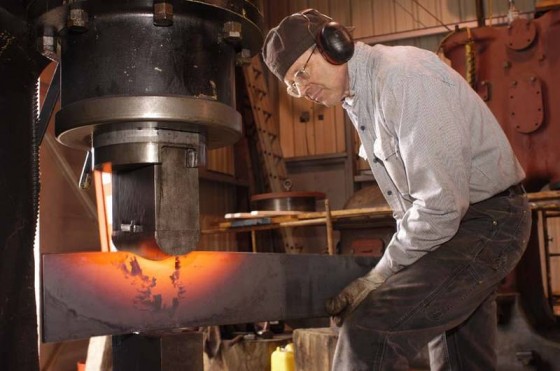
Nowadays this career is more often found in video games than in the real world. Blacksmiths can tune different metals (usually iron or steel) to create unique and original items: gates, furniture, tools, knives, swords. But the true magic of blacksmithing can happen when one transitions into “Artist Blacksmithing.” This art form allows the creation of custom-made decorations, ornaments, and some rather fine jewelry. Think of what could happen if a good blacksmith teams up with a pro jeweler. Ca-ching! Herefordshire College of Art & Design and Southern Illinois University currently offers the degree,
4. Aromatherapy

The smell of something can be just as infectious as the sight, and someone skilled at aromatherapy can work miracles. Aromatherapists can create a concoction of different scents to produce many desired results. Great aromas can change a mood just as easily as a hit song. But the beauty of an Aromatherapist is that they provide therapy which can improve the health and well-being of patients. On the more extravagant side of things, aromatherapists also play a big part in the introduction of things such as new perfume lineups. So exactly how rare is a degree in aromatherapy? Both Napier University and The University of Westminster currently have the program disguised under a different name: “BSC in Complementary Therapies”. Perhaps they are trying to put potential students off the scent.
3. Global Governance

This degree teaches students about politics, sociality, humanity, philosophy, economy, and world conflict. Basically, this degree provides you with the knowledge and skills you need to run a country upon graduation. This degree isn’t as rare as many of the others on this list, but it’s rare enough that you’re not usually allowed to purse a degree in Global Governance without already having a Bachelor’s degree in a related field. With the extra benefits this degree carries, such as the capacity to comprehend various cultures and aid humankind, this degree can truly help someone imprint a solid legacy across the globe.
2. Comedy Studies

“Ha ha ha.”
“What’s so funny?”
“I have a degree in Comedy.”
“You’re right, that IS funny.”
The first degree in Comedy was awarded in mid 2009 by Southampton University. From the course description: “On this highly innovative and exciting degree you will examine comedy through both production and performance. Comedy will be studied as a media industry in its own right as well as how humour and jokes occur in everyday life.”
Majors in this field are going to be the only ones laughing when aspiring professional comedians discover that they may have to break through an additional educational barrier should they want to find success. Laughter will always be the best medicine.
1. Enigmatology

How would you feel if you were the only person in the world who had a particular degree? Yep, just you; no one else. That’s how Will Shortz probably feels as he remains the only graduate with a degree in Enigmatology from Indiana University since 1974. Enigmatology deals with the creation and solution of puzzles. If you think this degree isn’t much, then you really aren’t thinking. Should anyone ever master the field of Enigmatology that person could surpass the greatest philosophers who have walked the earth. The average mind is indeed a terrible thing to waste, so what happens should someone find a way to maximize every portion of it?










































